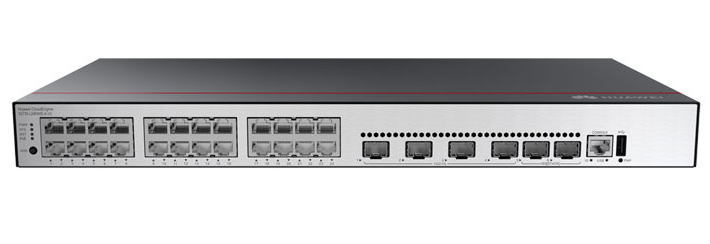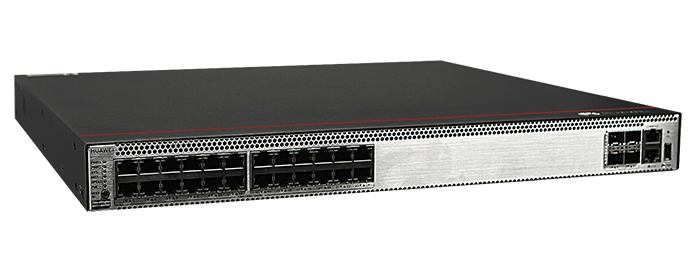































Size matters, at least when it comes to your photos and other pictures. Larger file sizes can mean better-looking photos, but an image that's bigger than it needs to be chews up disk space and can clog inboxes when you email it. That's why reducing the size of your photos and other images is often a worthy endeavor. And one tool that can aid you in this effort is Image Resizer, part of Microsoft's free PowerToys utilities.
With Image Resizer, you can change the size of an image anywhere from small to large to a custom set of dimensions. You can control the quality of the image and the level of compression when you shrink it. And you can specify a certain filename for the resized image.
Here's how it works.
If you don't already have PowerToys, download and install the PowerToysSetup.exe file from the program's GitHub page. You can install and use it in Windows 10 or 11; it works the same in both versions.
Also: How to use PowerToys FancyZones and why you should
Open the PowerToys Settings window by double-clicking its System Tray icon. Select the entry for Image Resizer and make sure it's toggled on. Image Resizer comes with several presets so that you can change the size without having to fuss with specific dimensions (Figure 1).
Figure 1: The Image Resizer window in PowerToys.
Screenshot/Lance WhitneyTo see this tool in action, segue to File Explorer and right-click an image you wish to resize. Select the option for Resize pictures (Figure 2).
Figure 2: Right-click an image in File Explorer to see the Resize pictures option.
Screenshot/Lance WhitneyThe Image Resizer window pops up. Click the current preset and you can change it to Small, Medium, Large, or Phone size. Each preset displays the specific number of pixels for the height and width. Select the preset you want to use (Figure 3).
Figure 3: Choose one of the presets for a specific size
Screenshot/Lance WhitneyAlternatively, select Custom. At the Custom window, you're able to choose the type (Fill, Fit, or Stretch), the width and the height, and the unit of measurement (Centimeter, Inch, Percent, or Pixel) (Figure 4).
Figure 4: Choose Custom to set your own size.
Screenshot/Lance WhitneyNext, review the different options. Check the box forMake pictures smaller but not largerif you want to make sure you don't accidentally enlarge any photos. Check the box forIgnore the orientation of picturesto resize them regardless of the orientation. Check the box forResize the original picturesif you wish to resize the original file and not create a copy. And check the box forRemove metadata that doesn't affect renderingto remove any non-essential metadata that can be discarded. When ready, click Resize (Figure 5).
Figure 5: Check the other options and then resize the image.
Screenshot/Lance WhitneyIf you opted not to resize the original picture, the resized copy contains the title of the preset (e.g., Small, Medium, Large, Custom) as part of the filename. If you chose to resize the original, the resized image keeps the initial name. Look for the resized file in File Explorer to see its new size. You should also open it to make sure that the quality of the image is still acceptable (Figure 6).
Figure 6: Check the resized file to see the new size.
Screenshot/Lance WhitneyTo configure Image Resizer beyond the default settings, return to its screen in Power Toys. To add a new preset size, click the button for "Add a size." A new preset appears at the bottom of the list. Click the Pencil icon to edit it. Provide a name, select the fit type, and then enter the width and height. Click anywhere outside the editing window to finish. To remove any presets that you don't need, click the trash can icon for that entry (Figure 7).
Figure 7: Create a new preset.
Screenshot/Lance WhitneyScroll down to the Encoding section. The setting for the Fallback encoder determines what format the tool will use if the original image format can't be encoded to create a new image. The default is JPEG encoder, which means the resized image will be saved as a JPG file. This should suffice in most cases. But if you want to use a different format, click the dropdown menu and you can choose PNG, BMP, TIFF, WMP, or GIF.
The next three options set the level of compression used to shrink the file in different formats. For JPG, you can move the slider to the left or right depending on whether the resized files are still too large or the image quality is not being preserved. You can also enable or disable PNG interlacing and TIFF compression if you selected either format (Figure 8).
Figure 8: Set the level of compression.
Screenshot/Lance WhitneyFinally, scroll down to the File section. Here, you can specify what filename format to use for the resized copy. By default, Image Resizer retains the original filename but adds the title of the preset you used. To switch to a different file naming scheme, click the Info circle next to this setting to see the different variables and incorporate the required one for the filename you want to use.
Finally, the resized copy automatically takes on a timestamp from when it was created. If you prefer to use the timestamp of the original file, click the dropdown menu here and change the option to Original file timestamp (Figure 9).
Figure 9: Configure the filename scheme.
Screenshot/Lance Whitney Etiquetas calientes:
Etiquetas calientes: